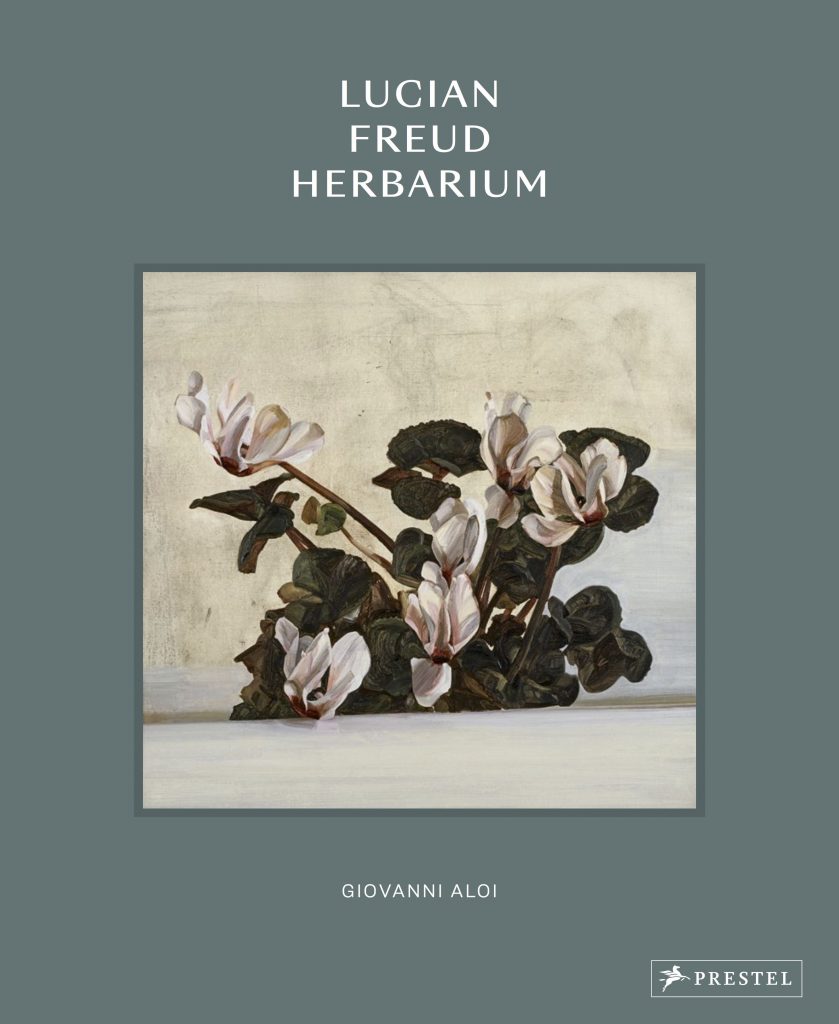In this deeply melancholic painting, the garden gestures towards a kind of metropolitan unconscious hidden behind elegant facades of Georgian terraces. Cast as silent witnesses of human comings and goings, buddleias and other typically feral shrubs of London’s postwar landscape compete with the traces of anonymous lives in a truly honest portrayal of urban survival.
While not carrying any specific symbolic meaning according to the tradition of Dutch Golden Age still-lifes, buddleias became a very meaningful plant to Freud. The plant was imported from China during the second half of the 19th century as desirable ornamental, but they soon became a weed in London and southern parts of the UK. Gutters, rooftops, rail tracks, and dump sites—buddleias can make a little go a long way. Throughout the destruction and austerity that characterized the immediate post-war period, buddleias emerged from the ruins of bombed sites and filled disheveled back gardens.
One eventually grew by chance in Freud’s Notting Hill garden. As David Dawson, his assistant who also helped him plant the garden there recalls: “He wanted things to follow their rules and nature. So, plants were allowed to grow as they pleased, sometimes into a mess. But because of that, the plants were good for his paintings. They fit his idea of what painting should do. He wasn’t cutting them back.
The garden at Kensington Church Street, in Notting Hill, also followed the same rules. He just let it grow wild. He never kept it, in the sense of proper gardening, because we wanted nature to do its thing and that’s how he wanted to paint them. The buddleia that became central to his late garden paintings just grew in the middle of the garden, on its own—it was a weed. He let it grow right there. It then became this amazing flowering bush that he enjoyed painting. Nothing was contrived. He never thought of himself as a gardener”.
The messy exuberance of his Notting Hill garden is well documented in the series of paintings and etchings he worked on during the late 90s and beyond. Miles away from the classical repertoire of garden painting we are used to, Freud’s canvases don’t celebrate a gardener’s pride and neither do they allude to a spiritual communion with the natural world as Monet’s waterlilies did.
At times, Freud’s blooms look spent. The vegetation is intricate and impregnable. Freud’s garden is not a sanctuary, and neither is it a manifestation of our ability to bring harmony to nature. It is a special kind of place in which our desires and expectations vanish into the relentless wear and tear of everyday life, its bursts and long glides, its tumultuous trajectories, sudden losses, and unexpected resurgences. Never forced, nor corrected, repressed, clipped or smothered. Freud’s garden is a manifestation of the unbridled flow of life itself—not in the epic sense of romantic dramas or in the wild illusion of a remote and pure natural Eden, but in the often rough appearance of everyday forms of resistance that shape the branches of our plants just as much as they shape who we become, day after day, with them.






